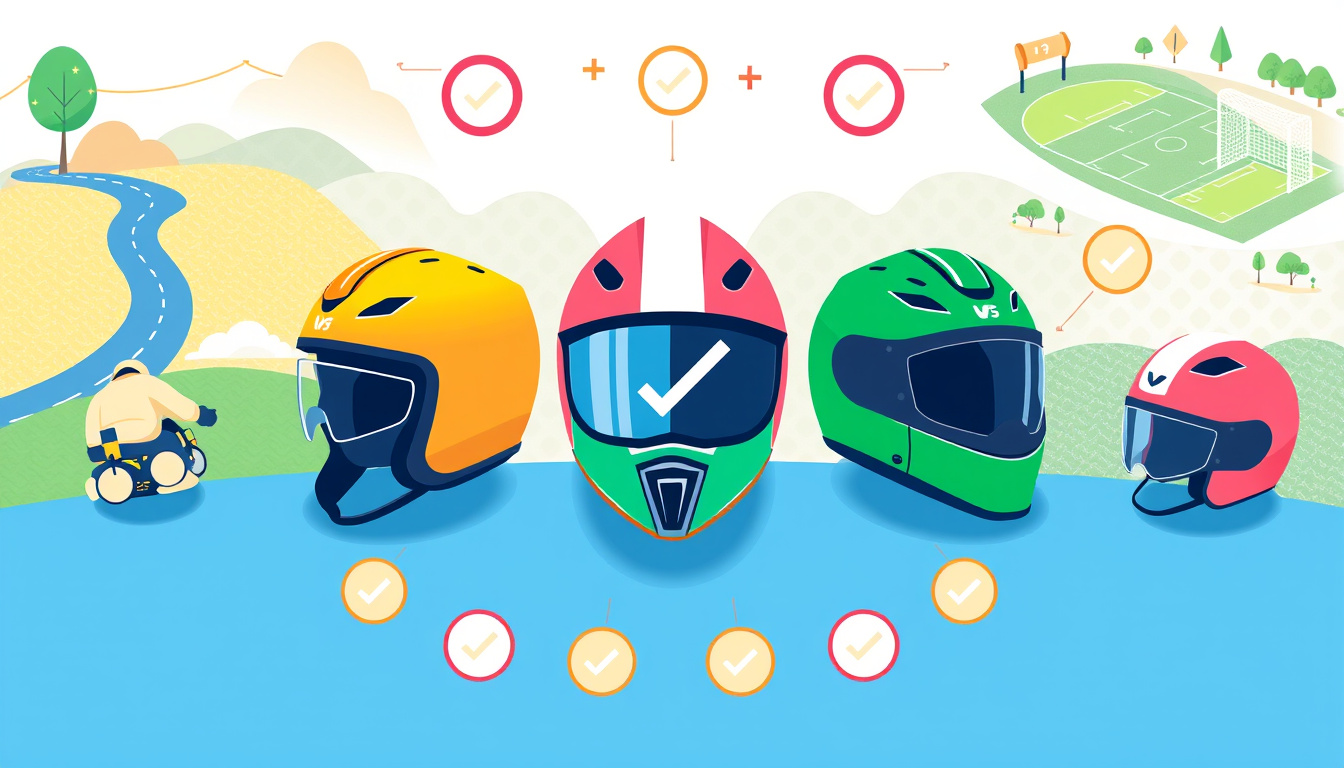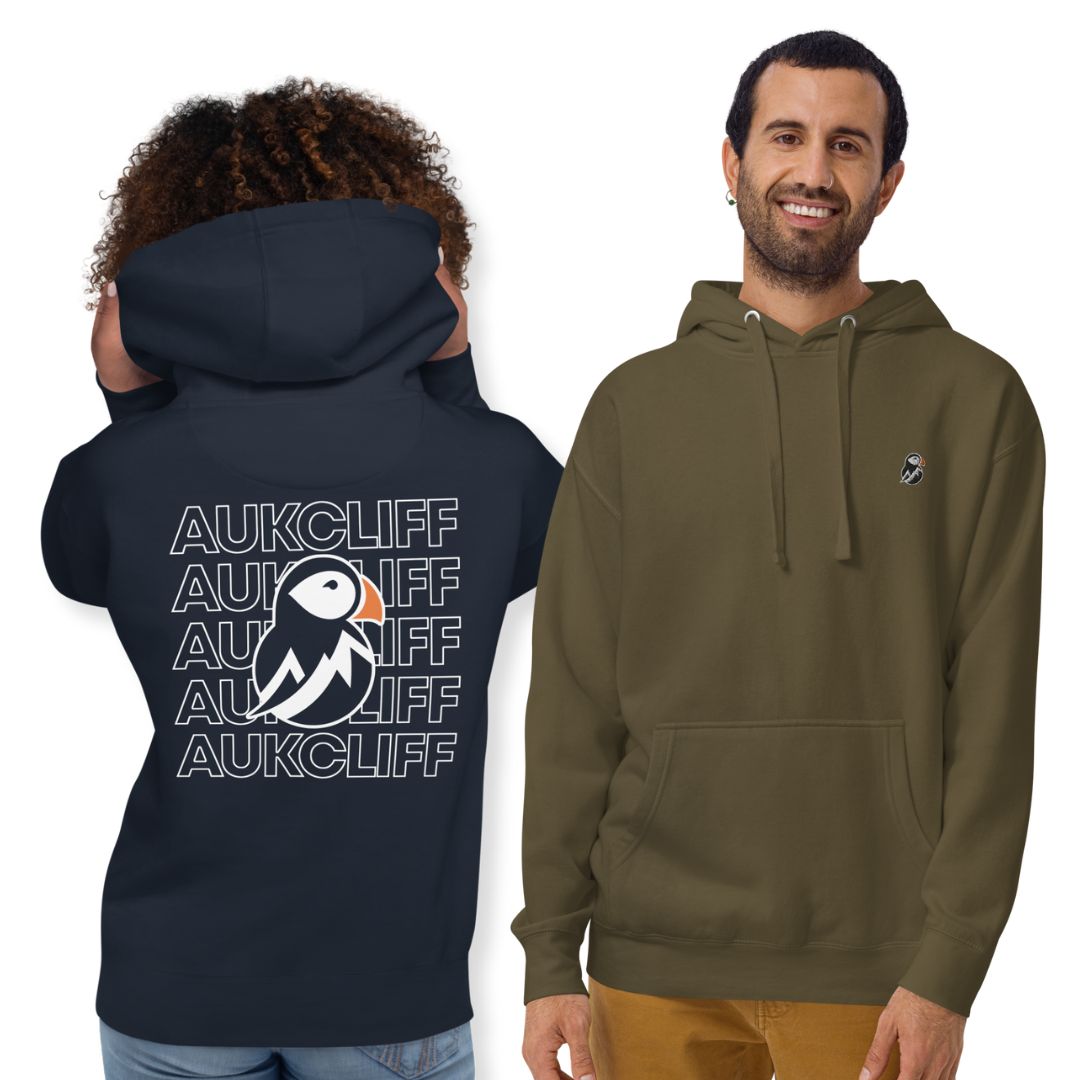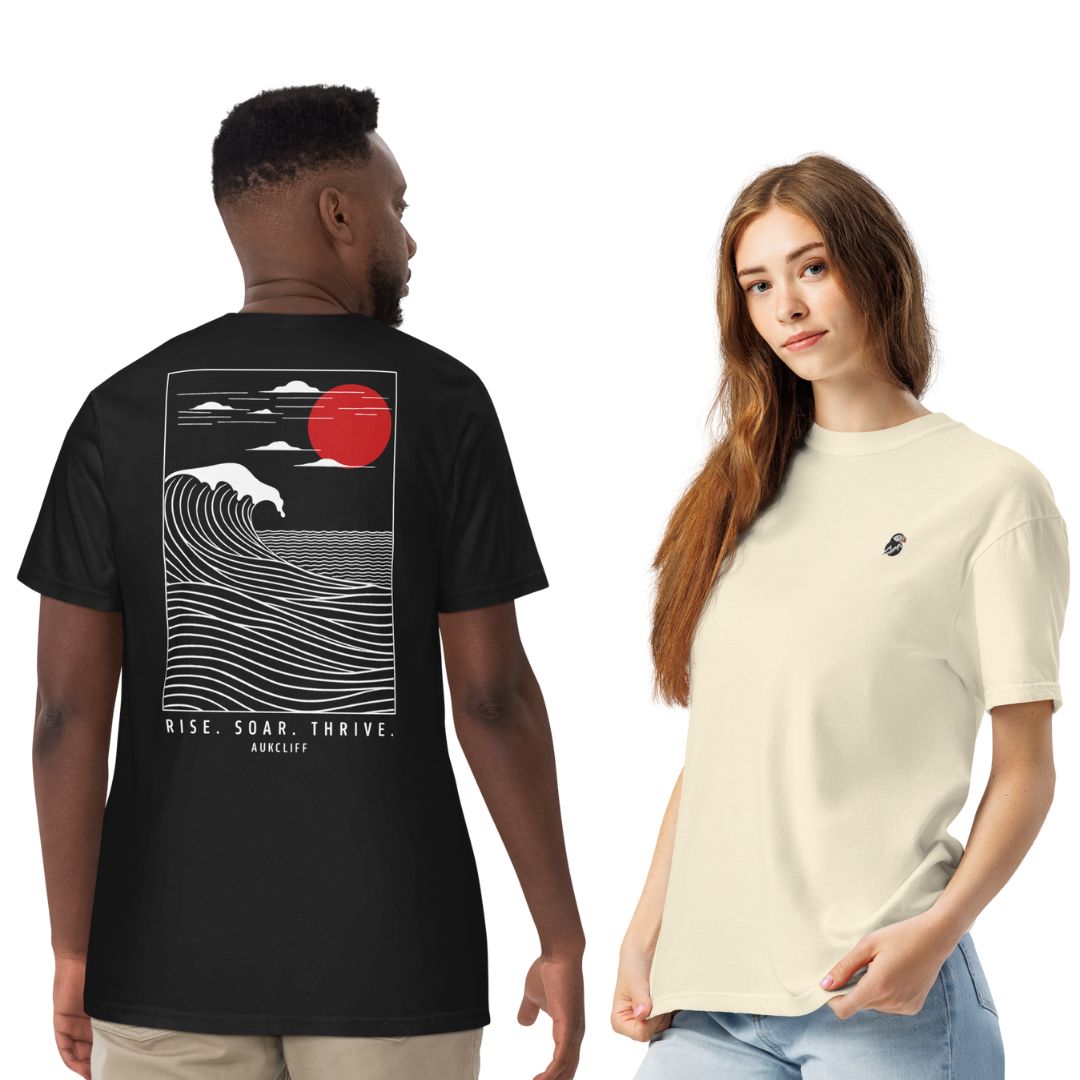
Protect Your Head: Essential Insights on Helmet Safety and Best Practices
Share

In a world where outdoor adventures are becoming increasingly popular, understanding helmet safety is crucial for ensuring a secure and enjoyable experience. Whether you’re cycling through the countryside, hitting the slopes on a snowboard, or riding a motorcycle, a helmet can be the difference between life and death. But how much do you know about the best practices for helmet safety? This blog is aimed at outdoor enthusiasts, parents with children involved in sports, and individuals seeking to understand the critical importance of helmet safety.
The Importance of Wearing a Helmet
Did you know that according to the National Highway Traffic Safety Administration (NHTSA), wearing a helmet can reduce the risk of head injury by up to 85% in motorcycle accidents? Helmet safety is not only vital for motorcyclists; it extends to cyclists, skiers, skateboarders, and any sport that carries a risk of head injury.
Here are some startling statistics to keep in mind:
- Bicycle Accidents: In 2019, 846 cyclists died in crashes with motor vehicles in the United States alone.
- Skiing and Snowboarding: The National Ski Areas Association reports that since the 1970s, helmet usage among skiers and snowboarders has increased, correlating with a notable decrease in head injuries.
- Children's Sports: The CDC shares that in youth football, around 67% of all concussions occur among players who are not wearing helmets properly.
Common Misconceptions
Many believe that simply wearing any helmet is enough to keep them safe, but this assumption can be misleading.
-
Age and Size: A helmet should always fit snugly and be suited to the user's age and head size. A helmet that is too large may not provide adequate protection.
-
Lifespan: Helmets aren't designed to last forever. If involved in an accident or after a certain number of years (generally 5–7), helmets should be replaced.
-
DIY Modifications: Adding accessories, such as stickers or cameras, can compromise a helmet's integrity.
How to Choose the Right Helmet
Choosing the right helmet is key for effective protection. Here’s what to keep in mind:
-
Safety Standards: Look for certifications such as the American National Standards Institute (ANSI) or the Snell Memorial Foundation. These ensure that the helmet has undergone rigorous safety testing.
-
Fit and Comfort: A helmet should fit snugly but comfortably. There should be no excessive movement when you shake your head. Most helmets offer adjustable straps to help you find the right fit.
-
Type of Sport: Different activities require different types of helmets. For instance:
- Bicycle Helmets: Lightweight with ventilation, designed for impact protection from the front and rear.
- Motorcycle Helmets: Heavier and provide full coverage, designed for higher speeds.
- Ski Helmets: Often include ear protection and are tailored for colder conditions.
Notable Quotes
Experts emphasize the importance of helmet safety. Dr. Stephen C. W. Hurst, a trauma surgeon and veteran snowboarder, stated:
'Wearing a helmet is the simplest yet most effective way to protect your head when engaging in high-risk activities. The head is crucial; protect it.'
This perspective stresses a universal message: take proactive steps to ensure your safety.
Best Practices for Helmet Use
To maximize safety, follow these best practices:
-
Wear Your Helmet: It should be worn at all times when engaged in relevant activities. It may seem cumbersome, but remember, it’s a crucial safety measure.
-
Inspect Regularly: Before each use, check your helmet for any signs of damage, like cracks or worn-out padding.
-
Store Properly: Helmets should not be left in hot places (like cars) or in damp conditions; this can degrade materials and reduce its effectiveness.
-
Educate Others: Share knowledge about helmet safety within your community—particularly among children and teenagers, who may be less aware of their importance.
Call to Action
As you lace up your hiking boots or prep your bike for a ride, take a moment to ensure your helmet is secured and properly fitted. Educate friends and family about helmet safety and encourage them to adopt protective measures as well. Together, we can cultivate a culture that prioritizes safety in the great outdoors!
What steps will you take today to protect yourself and others? Join the conversation below and share your helmet safety tips! Your input could save a life.






